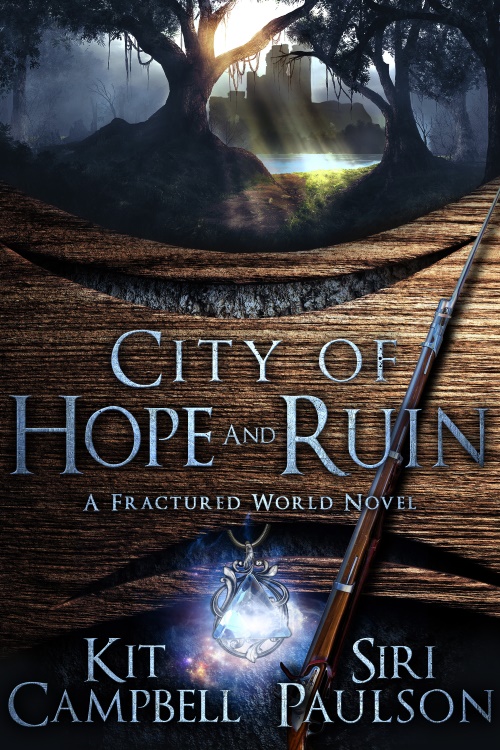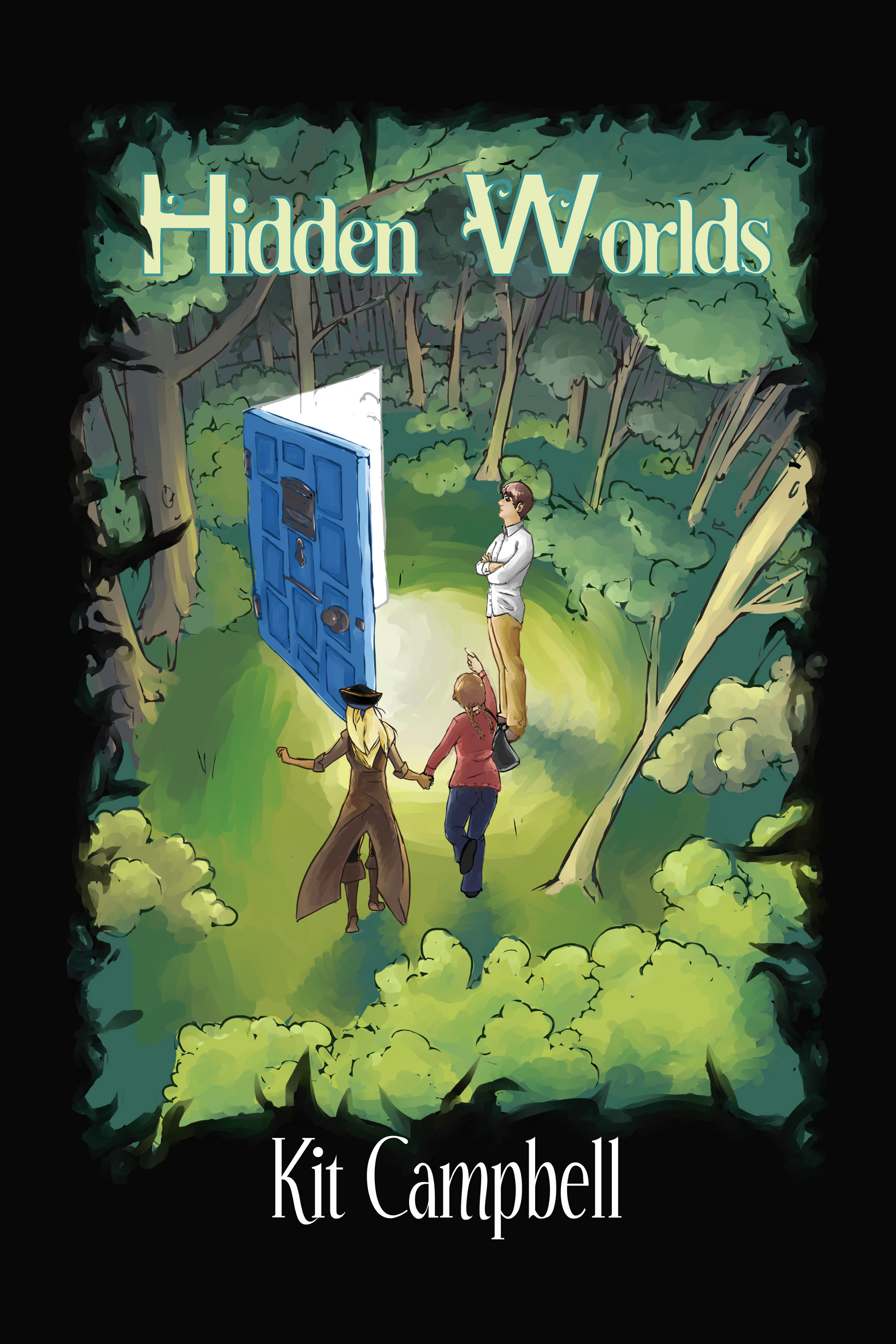As you may or may not know, March is traditionally National Novel Editing Month (NaNoEdMo). If you participate officially, you need 50 hours of editing throughout the month to win. I find it’s easier for me to participate unofficially (and it just so happens that this year it actually lines up that I am editing in March, huzzah).
But no matter what, in order to edit a novel, you have to have finished a novel.
Do not edit if you do not have a complete draft! Hey you! Yes, you. Put down the red pen. I’m watching you.
If you edit in the middle of a draft, you tend to fix superficial things, like grammar, dialogue, typos, maybe the flow and direction of individual scenes. But you can’t edit for big picture problems successfully without the complete picture. So finish the draft first.
I know it’s hard. I know you get bogged down in places that feel like crap. I know that sometimes you get halfway through and realize you could have done something differently or better. Stop. Write down your thoughts. Then keep going.
All a first draft has to do is exist. It does not need to be perfect. It does not need to be polished. It just needs to be complete.
If you find you can’t finish a draft because you keep going back and tweaking things, repeat after me. I can only move forward. That means you do not go back. You do not re-read earlier parts of the story (unless you are like me and can’t remember what was happening). You most certainly do not change things. If you write a scene and you immediately realize it will not work, you may cross it out and write something different. But otherwise you LEAVE IT ALONE.
It’s hard, I know. But when you do have a complete draft, you can go back and read back over it, and you will find that some of that stuff that felt like junk coming out is actually great. You may find that you need less tweaking than you thought, that that weird throwaway in Chapter 2 actually strengthens the plot in a way you didn’t realize, in a way that never would have happened if you hadn’t left it alone.
And then you can change what needs to be changed, knowing the entire plot, the themes, the overall arcing premises of the novel. If you know where your characters end up, it’s easier to know where to start them.
Any other tips you’d add in, Squiders?



